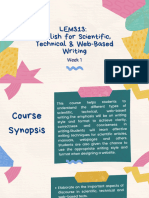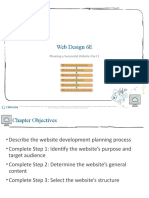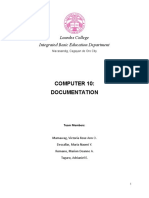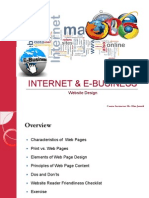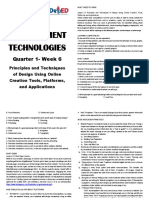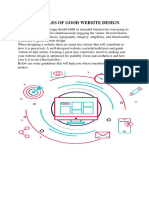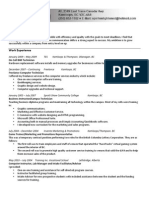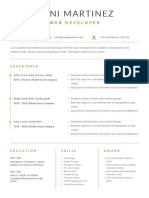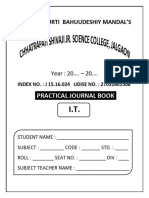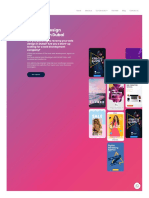0% found this document useful (0 votes)
15 views34 pagesWeb Design Process
The document outlines the web design process, detailing steps such as analysis, planning, design, content creation, development, testing, and deployment. It emphasizes the importance of understanding the website's purpose, target audience, and usability in creating an effective website. Additionally, it includes activities for students to apply their knowledge of web design principles.
Uploaded by
rihannayoung08Copyright
© © All Rights Reserved
We take content rights seriously. If you suspect this is your content, claim it here.
Available Formats
Download as PPTX, PDF, TXT or read online on Scribd
0% found this document useful (0 votes)
15 views34 pagesWeb Design Process
The document outlines the web design process, detailing steps such as analysis, planning, design, content creation, development, testing, and deployment. It emphasizes the importance of understanding the website's purpose, target audience, and usability in creating an effective website. Additionally, it includes activities for students to apply their knowledge of web design principles.
Uploaded by
rihannayoung08Copyright
© © All Rights Reserved
We take content rights seriously. If you suspect this is your content, claim it here.
Available Formats
Download as PPTX, PDF, TXT or read online on Scribd
/ 34









